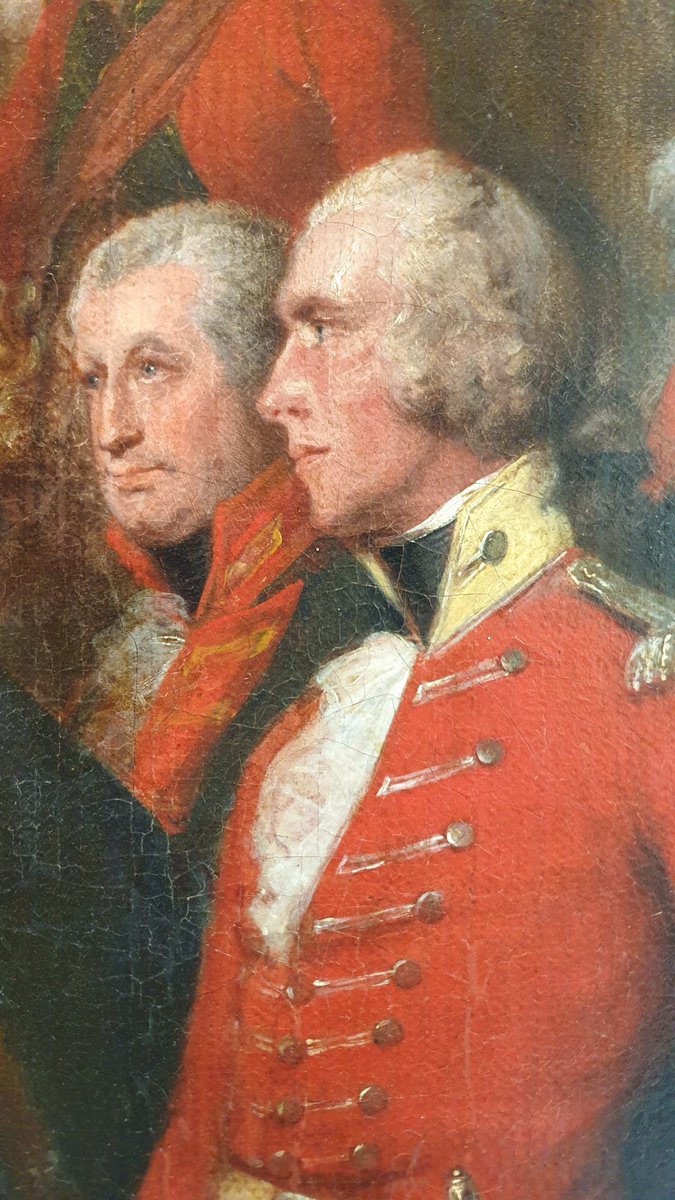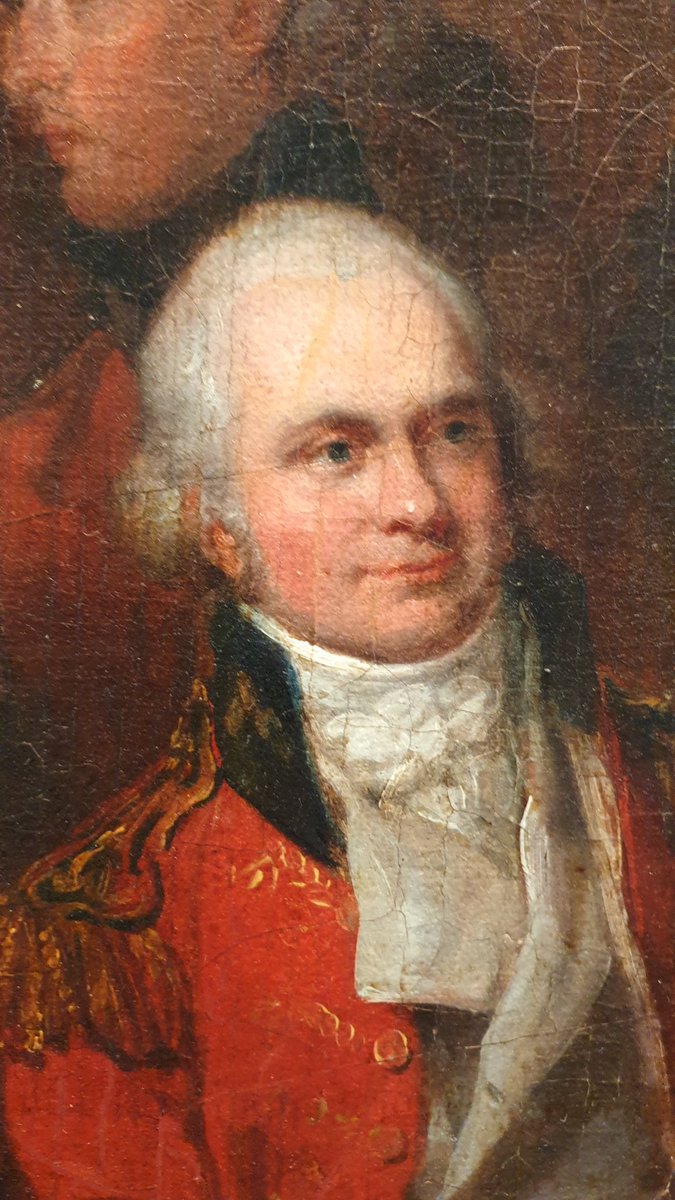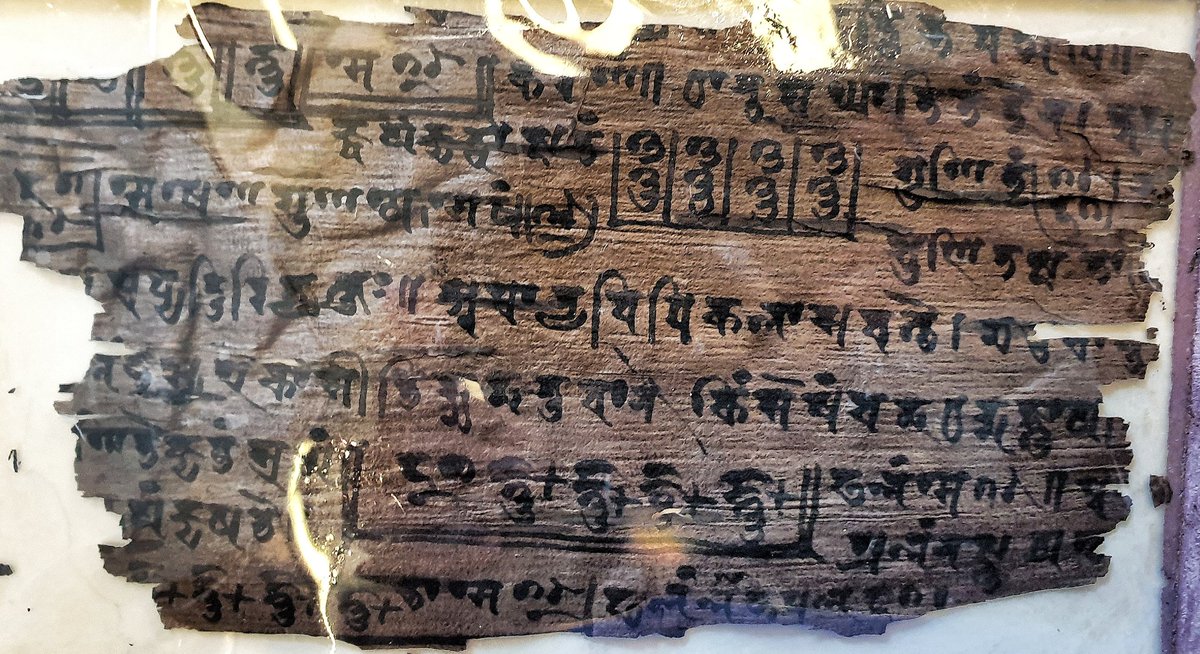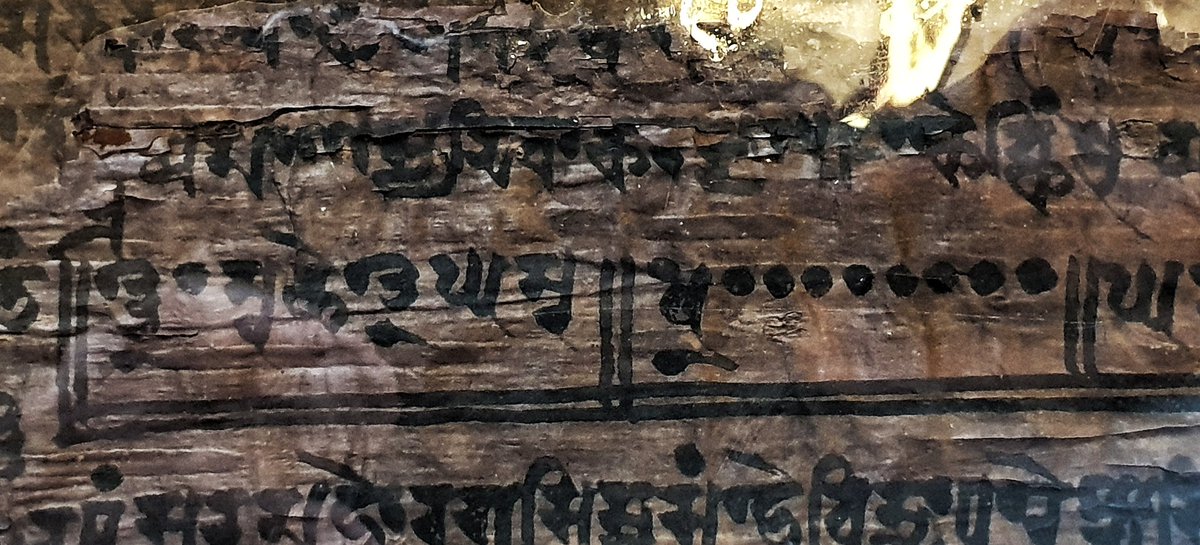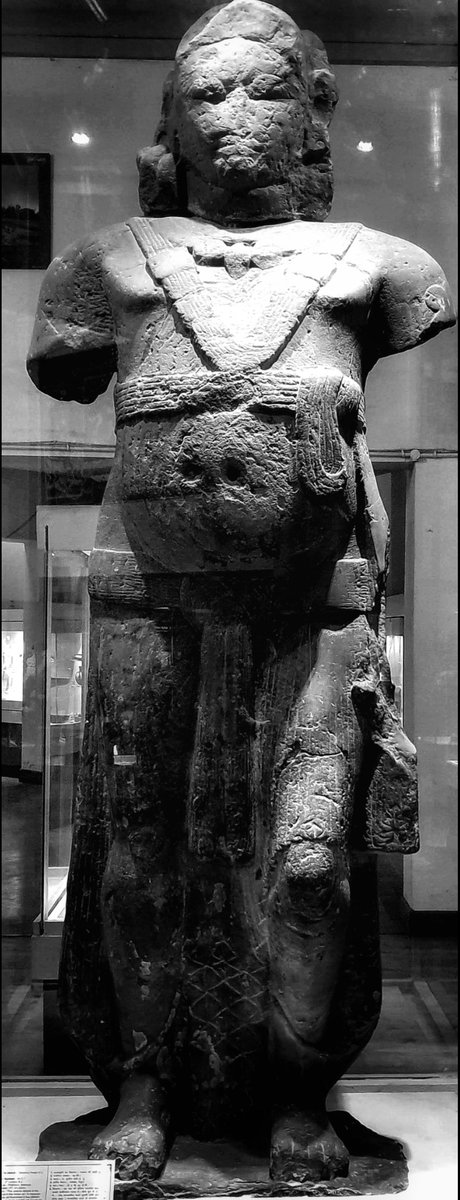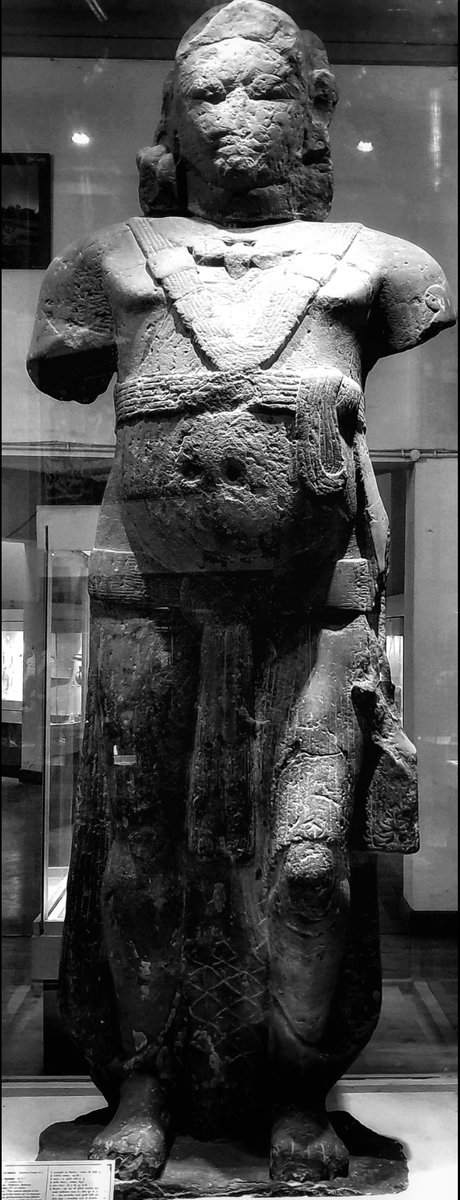
So grateful to Shailen Bhandare for showing me my great gt uncle James Prinsep's notebooks & scrapbooks & his correspondence with Charles Masson which led him to use the new discovered bi-lingual Greek/Kharosthi inscriptions on Bactrian Greek coins to translate Brahmi & Kharosthi 

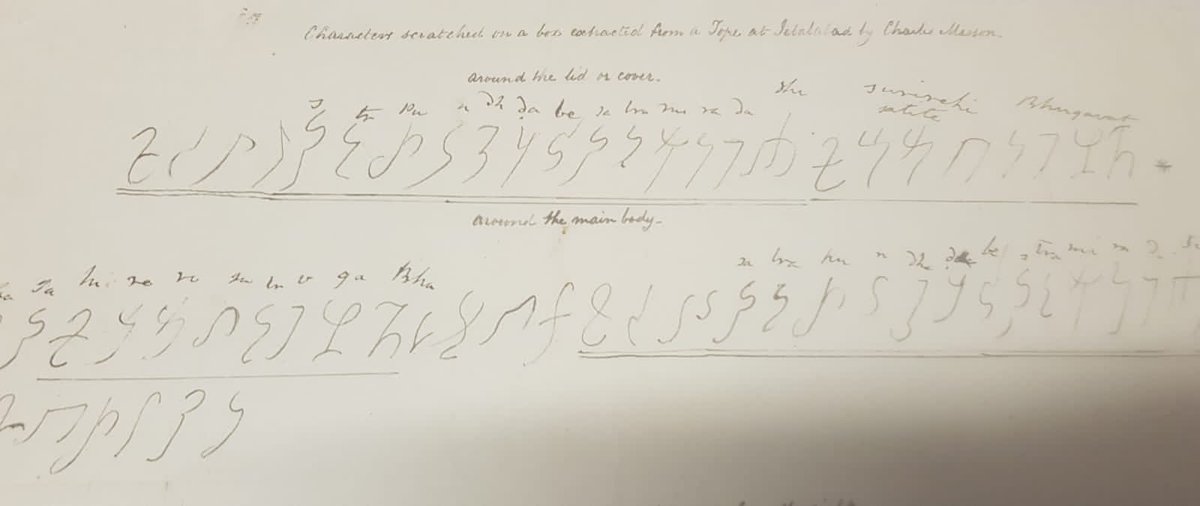

James Prinseps notebooks contain all his thoughts as he worked away at the mint in Benares, drawing and copying the inscriptions on Indo Greek & Bactrian coins, trying to crack the two languages that obsessed him, Ashoka Brahmi and Kharosthi. 




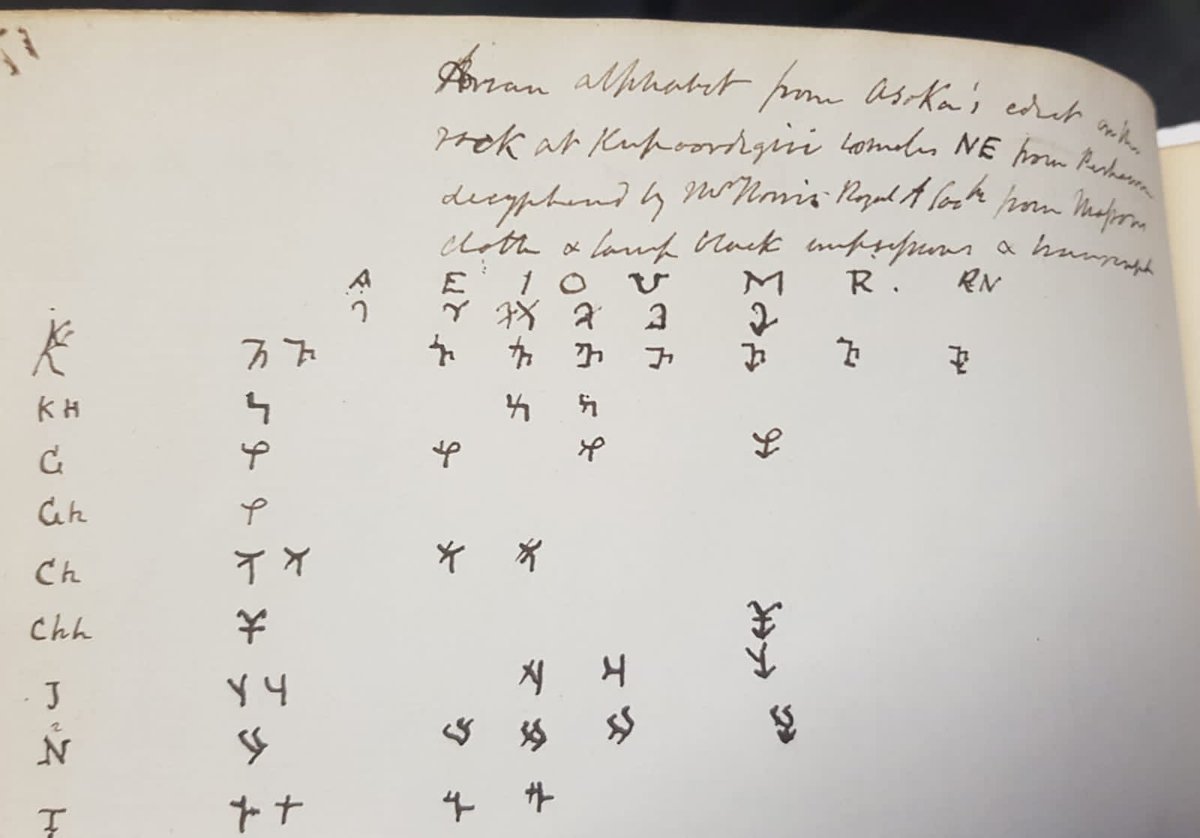
I was amused to see how Prinsep was especially obsessed with the coin of Demetrios I with his elephant headress that I posted last week 



This is a little James Prinsep drawing I I inherited- he's dancing with my great grandmother and her sister! 

Having at last succeeded in his task after four years of epic endeavour, Prinsep fell ill from overwork and developed an "affectation of the brain". By the time he was bundled aboard the Herefordshire, his "mind was addled". 

He reached England but never recovered his sanity, "lingering a year until relieved of his sufferings" in 1840. Prinsep Ghat, which still stands in Calcutta, is named after him. 





• • •
Missing some Tweet in this thread? You can try to
force a refresh







